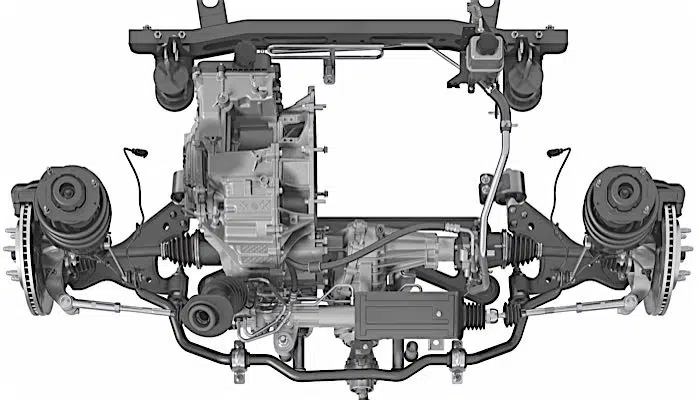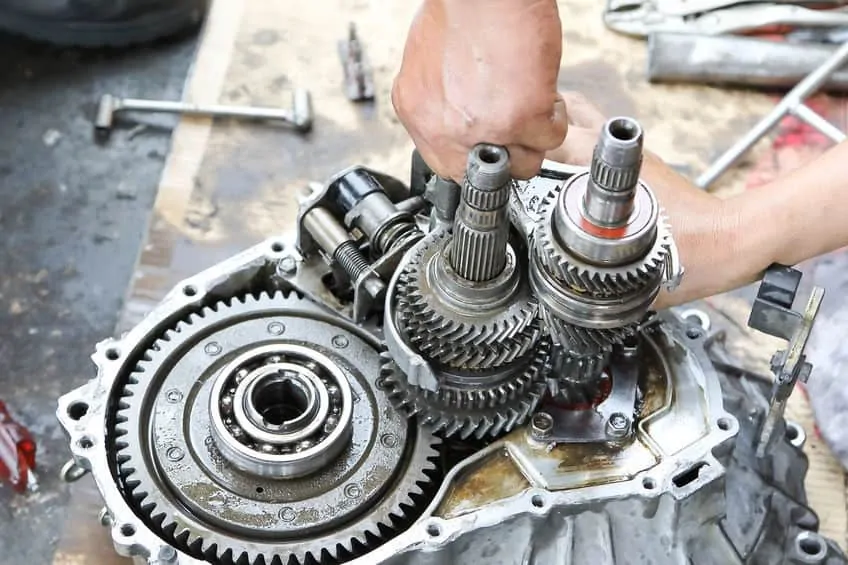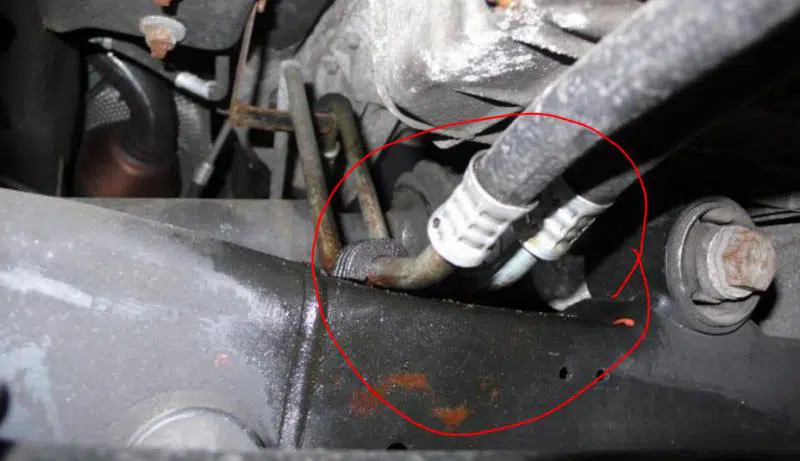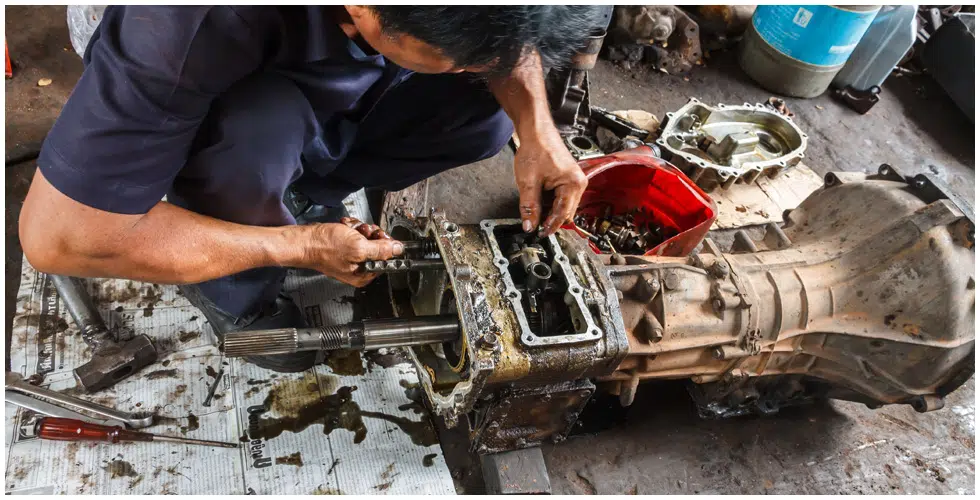Transmission is one of the most important parts of your vehicle. Having a leaking transmission fluid can cause drastic circumstances. However, if you know what is causing the leak, you might prevent any issues that can damage your car extensively. Here are some insights that will help you with transmission line leak repairs:
What Are Transmission Lines?

The transmission cooling lines or even called transmission lines, connect your transmission with the radiator of your car. The purpose of these lines is evident from their name. These lines transport hot fluid from the transmission in the radiator. The radiator cools down the liquid, which is then transported back to the transmission unit to keep it running effectively.
These lines are made of rubber hoses and are composed of either aluminum or metal tubes that allow transportation of the fluids. The fluids are responsible for keeping the gears lubricated without being heated up as well as cooling the engine for spontaneous workability.
The leak in the transmission fluid can occur due to several reasons. These can include leakage in the torque converter, damage to the drain plug, fluid line cracks, etc. Transmission leakage can lead your car vulnerable to extensive damage, particularly to the engine.
Symptoms Of Leak In Transmission Lines
A visual inspection will help you determine if your transmission lines are damaged or not. The damage in the transmission lines can cause a leak, which you can inspect easily. If you find a red liquid leaking under the car, inspect the gaskets and the hoses since they cannot be ruled out. But first, check the transmission lines connecting to the radiator.
In addition, you can also inspect the radiator where the transmission lines are connected. You can notice the edges. With time, these edges tend to get rusty and break, causing small holes and leakage.
Apart from that, you can also check for transmission’s performance. The change in the transmission performance of the car can indicate problems with the fluid. Grinding and crunching sounds, trouble shifting gears, gear slipping, etc. are some indicators for fluid issues. It often happens when the fluid levels are low, which indicates fluid leakage. In summers, the transmission fluid tends to burn faster. The hotter the transmission gets, the more frequent the fluid will be burned.
Fixing Transmission Lines
Now that you know the indicators for transmission fluid leakage, its time to know how to fix them. However, fixation depends on the causes of the leakage and the damage that has occurred.
The first thing to inspect is the inspection line. If it has worn out, corroded or broken in any matter, it’s better to just replace it instead of knowing how to patch a transmission line. There are several places and websites where you can find transmission lines similar to your car’s model. The cost can be around $15-$50.
In case you want to patch it up, you need to ensure to choose the right sealing agent or auto repair shop Las Vegas for it. Particularly in summers when the temperature is high, you need to choose something that can withstand both the summer and transmission heat.
Moreover, you can also use Teflon tape to seal the line from where it is cracked or damaged. Teflon tape tends to work in summers as it is prepared to withstand heat. It also provides waterproofing and water leakage as it works similarly to the plumbing tape used for plumbing works.
A roll of Teflon tape can cost $3. Although the solution is temporary and can only extend your transmission line’s life for some time, it can work if immediate repair is unavailable from your nearest reputable auto transmission repair shops.
Another thing that you can do is to get an adapter. It is a cheaper option than replacement and costs around $6. The adapter can be connected to the end of the line at either end; radiator or transmission end. You can simply cut the line and attach the adapter, which will make its line.
Rubber hoses are another option for repairing your transmission line. However, you should only pick the ones that are specifically designed for transmission only. Moreover, they are not designed for heat. If you’re getting a temporary fix, then they can work out too. But beware that if the hoses melt, it can cause the fluid to leak while you’re driving, causing extensive damage to the transmission, ultimately leading to a complete transmission rebuild.




Wonderful web site. Lots of helpful info here.
I am sending it to some buddies ans also sharing in delicious.
And naturally, thanks to your effort!